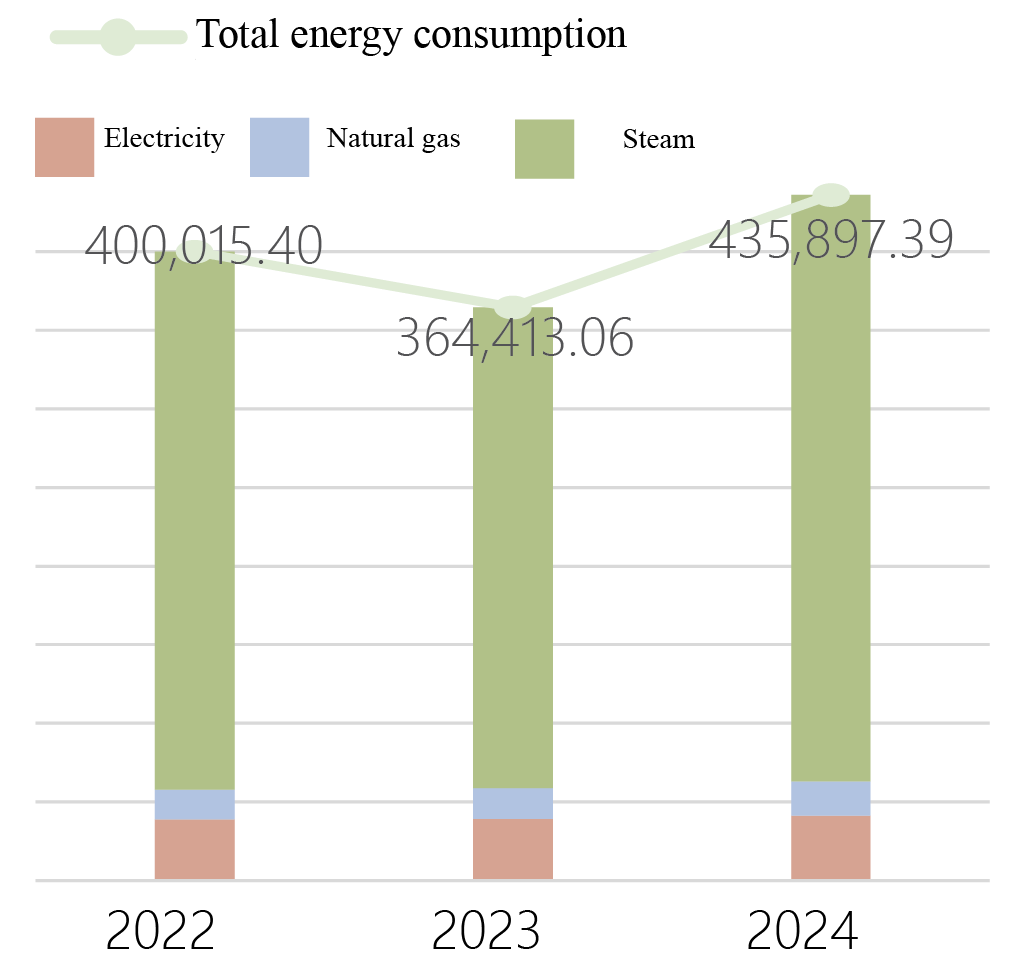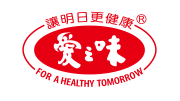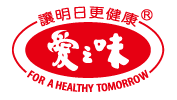Sustainable Development
4.1 Environmental Management System
While manufacturing and producing, the Company is committed to fulfilling its social responsibility and corporate sustainable management philosophy through the environmental policies it has formulated for environmental protection.
1. Legal compliance:
The Company complies with government environmental protection laws and regulations and addresses stakeholders’ concerns, formulates various environmental protection regulations, and ensures supervisors at all levels lead by example and enforce compliance.
2. Valuing resources:
Through education, training, and communication, we continuously promote environmental awareness among employees, helping them understand the importance of environmental protection and encouraging them to save energy, recycle, and reuse materials to conserve limited resources.
3. Waste reduction and energy conservation:
In integrating the environmental management system into business operations, adopting appropriate production or pollution prevention methods promotes waste reduction, recycling, energy-saving plans, and the efficient use of conservation resources, thereby effectively utilizing resources and reducing the environmental impact of product activities and services.
4.2 Energy Management
GRI 302-1 GRI 302-2 GRI 302-3The Company actively promotes various energy reduction measures by selecting high-efficiency equipment with energy-saving designs, thereby reducing energy consumption in business operations and product manufacturing processes and achieving optimal energy efficiency.
At the same time, the Company is committed to installing renewable energy facilities and introducing alternative energy solutions, such as the procurement of green electricity, as well as evaluating the adoption of energy storage systems and energy management systems. These efforts aim to enhance energy self-sufficiency and reduce reliance on conventional energy sources. Looking ahead, the Company will continue to adopt innovative and environmentally friendly energy technologies to fulfill its commitment to energy conservation, carbon reduction, and sustainable operations.
The energy consumption of AGV in the most recent three years is shown in the table below:
| Quantitative metric | Unit | 2022 | 2023 | 2024 |
| Electricity consumption | kWh/year | 10,788,451 | 10,894,715 | 11,473,645 |
| GJ | 38,838.42 | 39,220.97 | 41,305.12 | |
| Natural gas (LNG) Amount consumed | m³ | 571,421 | 587,097 | 650,471 |
| GJ | 19,126.60 | 19,651.31 | 21,772.57 | |
| Steam consumption | Tonnes/year | 20,438 | 20,285 | 21,888 |
| GJ | 342,050.37 | 305,540.78 | 372,819.70 | |
| Value of specific metric used by the organization (Turnover) | NTD1,000,000 | 4,014.23 | 4,052.61 | 4,207.30 |
| Total energy consumption | GJ | 400,015.40 | 364,413.06 | 435,897.39 |
| Energy intensity | GJ/NTD1,000,000 | 99.65 | 89.92 | 103.61 |
Note: 1. The coefficient of steam calorific value is provided by Shih Hua Energy Co., Ltd. 2. The heat value of electricity is calculated as 1 kWh = 0.0036 GJ. 3. The conversion factor is based on the fuel heat value calculated according to the EPA’s Gas Emission Factors Management Table version 6.0.4; 8,000 kcal/m3 for natural gas; 1 kcal = 4.184 KJ. |
||||
Performance in Energy Conservation GRI 302-4 GRI 302-5
We have adopted the following action plans to reduce energy consumption to contribute to the green environment. As of now, AGV has been focusing on the current methods for management of energy emissions:
1. The old air compressor was replaced with a 10HP IE3 air compressor, reducing energy consumption by 2HP and improving equipment efficiency. The daily calculation is: 1.49kW * 24h = 35.76kW/day, and the total annual electricity consumption is calculated as: 35.76kW/day * 365 = 13,052.4kW/day, resulting in an energy savings of 47 GJ.
2. Replaced the old light tubes in Food Factory 1 with 160 LED light tubes, reducing power consumption.
3. The production line’s air blow pipes were replaced with 110 energy-saving nozzles to more effectively dry water droplets from the bodies, improving drying efficiency and achieving energy conservation.
4. Recycling cleaner treated water, which is stored and pressurized and then made available to the factories for road cleaning, toilet flushes and irrigation.

| Recycled Water Reused by AGV in 2024之情形 | |
| Measures and practices for water treatment | Actual amount of water recycled and reused |
| Recycling cleaner treated water, which is stored and pressurized and then made available to the factories for road cleaning, toilet flushes and irrigation. | 11,536 tonnes of recycled water from January to December 2024 |
Water resource management GRI 303-1
AGV is highly reliant on water during the product manufacturing process. In addition, the distribution of water resources in Taiwan is uneven, and extreme weather has become a more frequent occurrence which constantly causes rainstorms and water shortages, exacerbating the complexity of water resource management. We consider water resources to be an important environmental and operational issue, and are committed to enhancing our adaptation capabilities in relation to water resource management. The headquarters of AGV is located in Chiayi County, and the main sources of its water supply are the Tsengwen Reservoir, Wushantou Reservoir, Renyitan Reservoir, Lantan Reservoir and Yunlin Hushan Reservoir. In order to effectively manage its water resources, AGV has used a water resource risk assessment tool, with the result of assessment indicating that its water resource risks are all moderate-to-low risks. In terms of water resource management, we have long been concerned about the issues of water resources, energy conservation and environmental protection. Regarding our water conservation programs, we will start with water saving in our daily lives, and we will hold regular meetings to discuss issues related to water resources, formulate policies to make active improvements to the amount of water consumed in our manufacturing processes, review our performance in water conservation on a monthly basis, and promote water conservation through posters, slogans and training courses to enhance the effectiveness of our available water resources.
| Location of headquarters | Reservoir as source of water withdrawal | Result of assessment |
| Minxiong Township, Chiayi County | Yunlin Hushan Reservoir | Moderate-to-low risks |
| Renyitan Reservoir | ||
| Wushantou Reservoir | ||
| Lantan Reservoir | ||
| Tsengwen Reservoir |
| Water used by AGV | |||
| Year | 2022 | 2023 | 2024 |
| Water withdrawn (ML) | 418.54 | 378.04 | 389.65 |
| Water discharged (ML) | 321.16 | 325.31 | 321.39 |
| Water consumed (ML) | 97.38 | 52.73 | 68.26 |
| Value of specific metric used by the organization (sales in NTD million) | 4,014.23 | 4,052.61 | 4,207.30 |
| Water intensity | 0.10 | 0.09 | 0.09 |
| Note: 1. Water consumed = Water withdrawn - Water discharged. 2. Water use intensity is calculated as: Water withdrawn (ML)/Specific metric used by the organization. 3. Locations examined include: Chiayi headquarters, Chiayi dormitory on Jiangwen Street, Chiayi Lianton Building, Taipei office, and sales offices (Sanchong, Xindian, Taoyuan, Hsinchu, | |||
Discharge of Wastewater GRI 303-2
For wastewater discharged by AGV, we have set up a continuous monitoring system as required by the Environmental Protection Bureau, and have reported its water pollution control measures as required by the Environmental Protection Bureau to obtain a certificate of discharge permit. The quality of wastewater monitored with the relevant equipment fully conforms with the effluent standards established by the Environmental Protection Administration. The water temperature, pH, SS, COD, BOD5 and oil content of the treated wastewater under 24-hour continuous monitoring did not exceed the criteria.| Testing item | Unit | 2022 | 2023 | 2024 | |||
| Emission criteria | Annual average monitoring value | Emission criteria | Annual average monitoring value | Emission criteria | Annual average monitoring value | ||
| Water temperature | ℃ | 35 | 27.975 | 35 | 31.025 | 35 | 29.875 |
| pH | pH | 9 | 7.800 | 6-9 | 7.750 | 6-9 | 7.7 |
| Suspended solids (SS) | mg/L | 30 | 3.325 | 30 | 4.475 | 30 | 4.625 |
| Chemical oxygen demand (COD) | mg/L | 100 | 17.175 | 100 | 24.350 | 100 | 18.475 |
| Biochemical oxygen demand (BOD5)5) | mg/L | 30 | 6.225 | 30 | 5.425 | 30 | 3.925 |
| Oil | mg/L | 10 | 0.775 | 10 | 1.725 | 10 | 1.8 |

